Evatima Tardo fascinated scientists, Houdini and the general public alike. At her shows audience members would faint as they watched her endure snakebites and appalling injuries, including crucifixion. Bess Lovejoy explores her short life and the theories that tried to explain her special abilities.
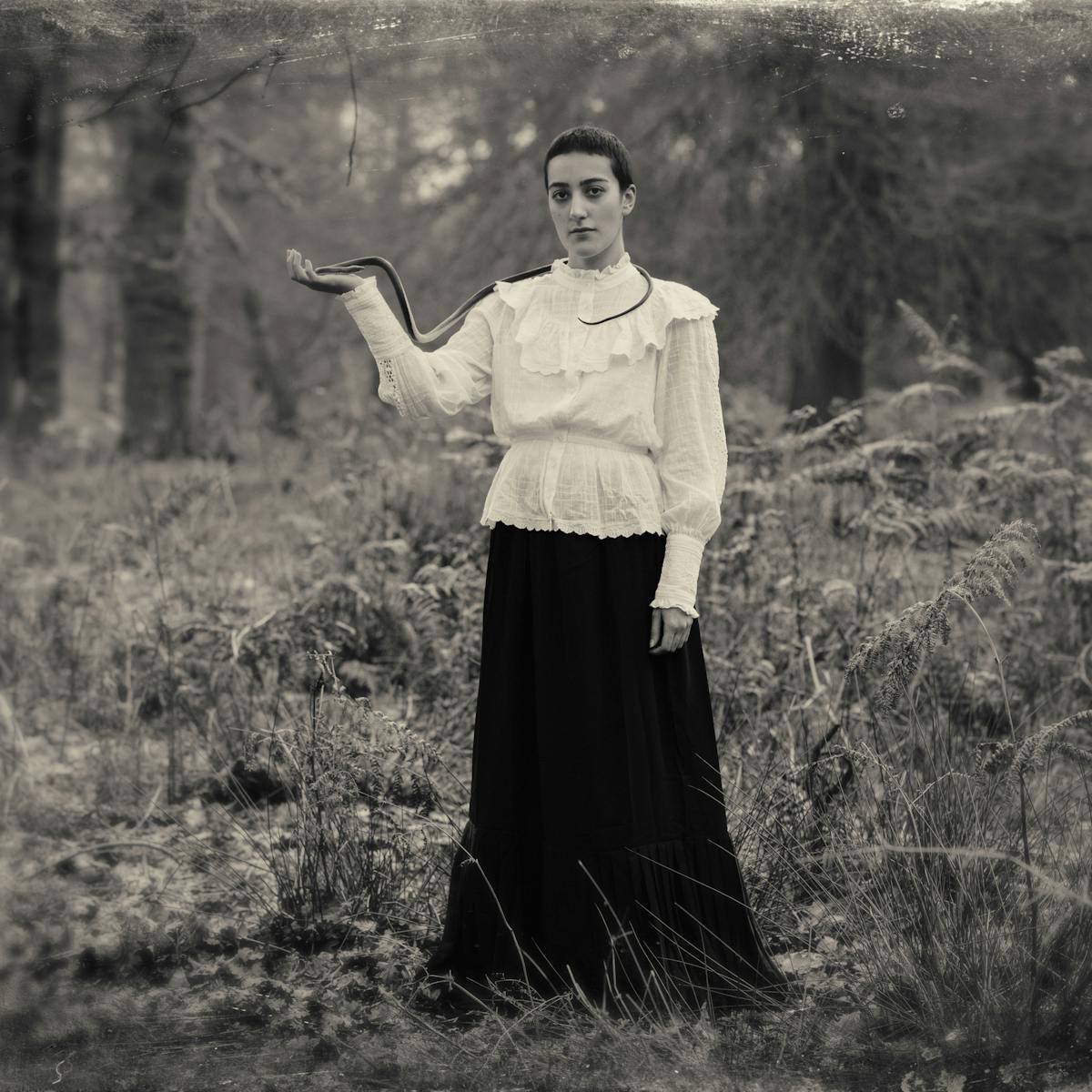
Evatima Tardo hung from the cross, humming. The pale, dark-haired young woman had entered the hall on Chicago’s Madison Street earlier that day clad in a long black coat and low-cut black silk dress. Her manager carried two valises, each containing the strange, buzzing tools of her trade.
The small group of doctors, journalists and friends who gathered for the demonstration that morning in 1898 likely leaned forward, eager to get a look at the person the New York Times called “the Strangest Woman in the World”.
Upon entering the room, Evatima stepped up to the cross and shook it, testing its strength before getting down to business. As she thrust her hands into a low box, the hiss of rattlesnakes rose through the hall. One sunk its teeth into her bare arm, upon which a doctor gasped, “My God!” Evatima was unbothered, drawing out three more and smiling beatifically as they plunged their fangs into her flesh.
She claimed to have no sense of touch at all, and relied on excellent eyesight and other senses to guide her through life.
Next she drew out a cobra, which bit her fiercely. Evatima merely smiled again. There was no blood from her wounds, only tiny blue puncture marks. One of the doctors said the bites should have killed 20 men. Evatima, however, was very much alive.
The snakes returned to their boxes, Evatima advanced to the cross as one brave medical man took an iron spike and hammered it into her raised hand, a few inches below the fingers.
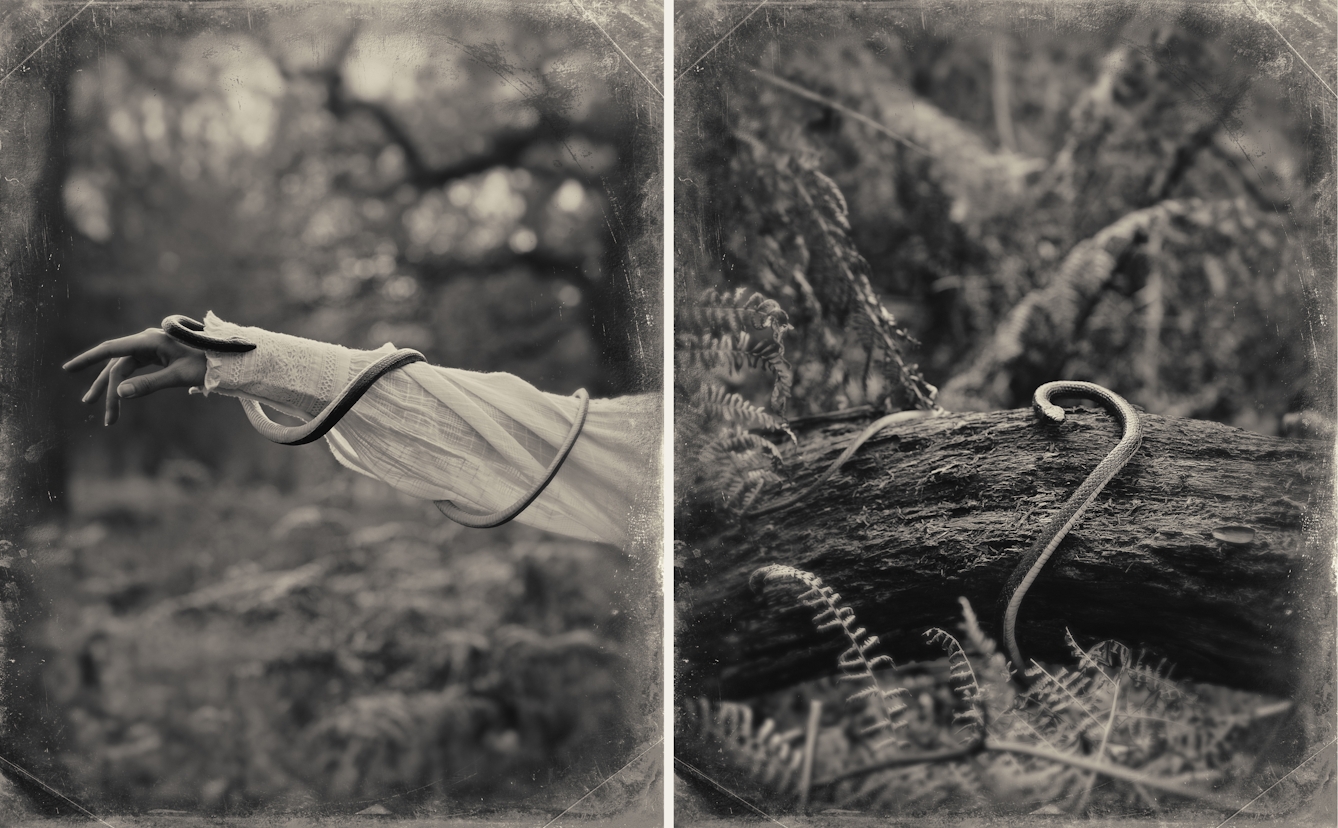
“Evatima... thrust her hands into a low box; the hiss of rattlesnakes rose through the hall. One sunk its teeth into her bare arm, upon which a doctor gasped, ‘My God!’”
Evatima would hang there for an hour, asking the doctors to plunge more pins through her. One went through her tongue, and another through her bicep. When she stepped off the cross, her wounds were white and gelatinous – something like a fish, the newspapers wrote.
Attracting a crowd
The exhibition before the small crowd in Chicago was just one that Evatima Tardo would make in doctors’ offices, Masonic temples, lecture halls, and at least one dime museum in American cities at the end of the 19th century.
The crowds came to see the woman who said she felt no pain, for whom snake venom was like wine or whisky, who claimed to be able to stop her own circulation and dislocate her own neck, who was apparently proof against poison and disease.
“I rather enjoy being crucified,” she once said. “It amuses me to see the horror-stricken countenances of my auditors. There are upwards of ten faints to each seance, but they never fail to return again to see me.”
Evatima had been born in Trinidad in the 1870s. At five years old, she had been bitten by a large cobra, much to the alarm of her parents. Instead of ending her life, “the bite had the effect of a strong sleeping potion”. She went to sleep for 30 hours, and awoke as good as new.
Since then, she’d been “bitten by every kind of poisonous reptile from the Gila monster through all grades of poisonous snakes”, she said, to no ill effect. She had never had an episode of sickness or even discomfort.
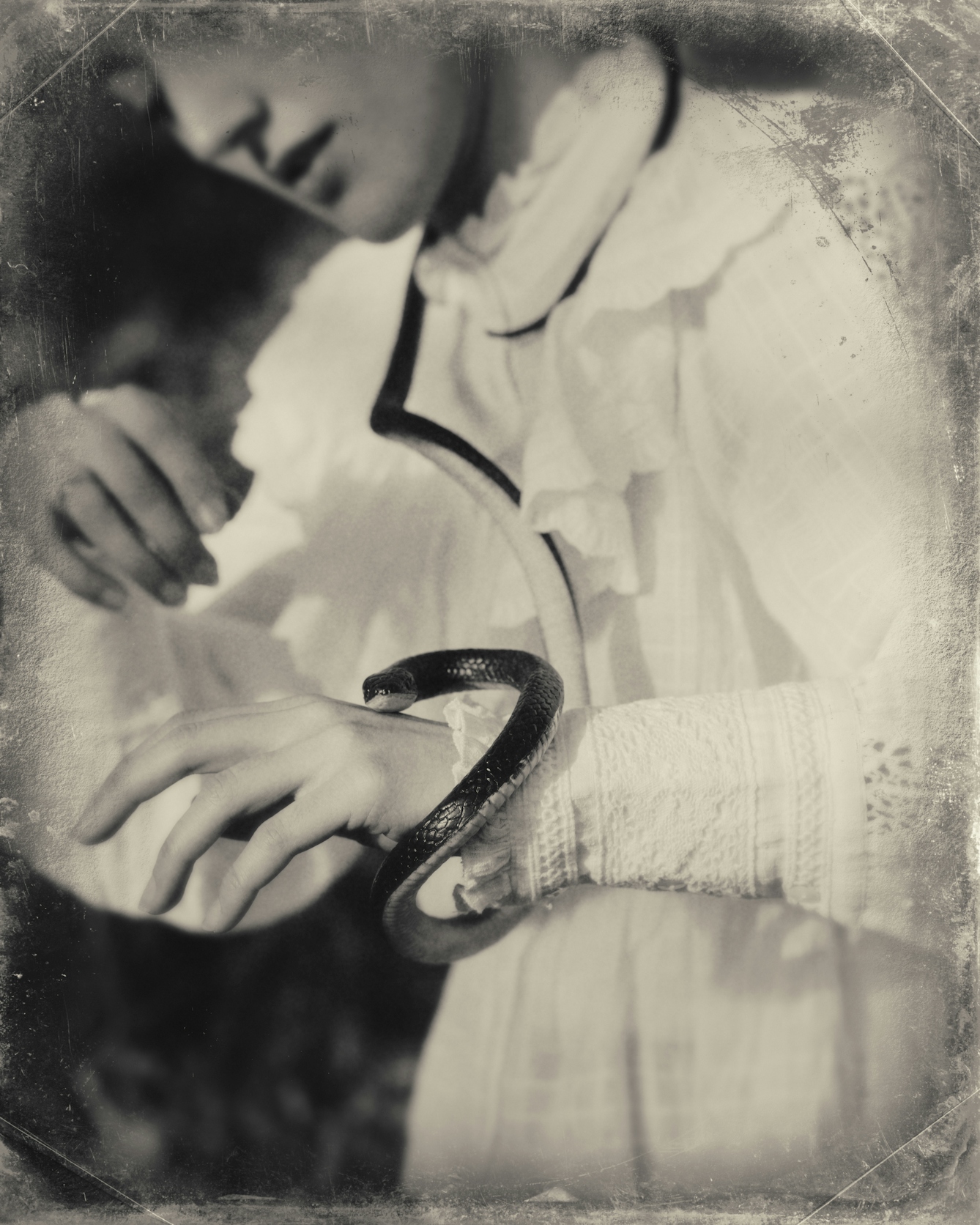
“The crowds came to see the woman who said she felt no pain, for whom snake venom was like wine or whisky.”
“I never had a pain in my life; I don't know what an ache is. I am always happy, never sad,” she told one Chicago reporter.
In fact, she claimed to have no sense of touch at all, and relied on excellent eyesight and other senses to guide her through life. She began attracting attention from the medical world around age ten, she told reporters, when she was taken to the United States. Trips to England and Europe followed. She would give exhibitions to physicians and participate in lectures, clinics and experiments.
Houdini’s milky theory
By the autumn of 1897 she had become a press darling. It was around then that she began performing at Kohl & Middleton’s Dime Museum in Chicago. There she met the magician Harry Houdini, not yet very famous, who was performing at the same place.
Houdini was always interested in figuring out how other performers did their tricks, and always alert for frauds who used sleight-of-hand or other techniques to seemingly conjure powers they did not possess.
In his 1920 book ‘Miracle Mongers and Their Methods’ Houdini wrote, “For the simple reason that I worked within 12 feet from her, my statement that there was absolutely no fake attached to her startling performance can be taken in all seriousness.”
Houdini believed in an odd secret to her success: dairy products. “After years of investigation I have come to the belief that this immunity [to snake venom] was the result of an absolutely empty stomach, into which a large quantity of milk was taken shortly after the wound was inflicted,” he wrote.
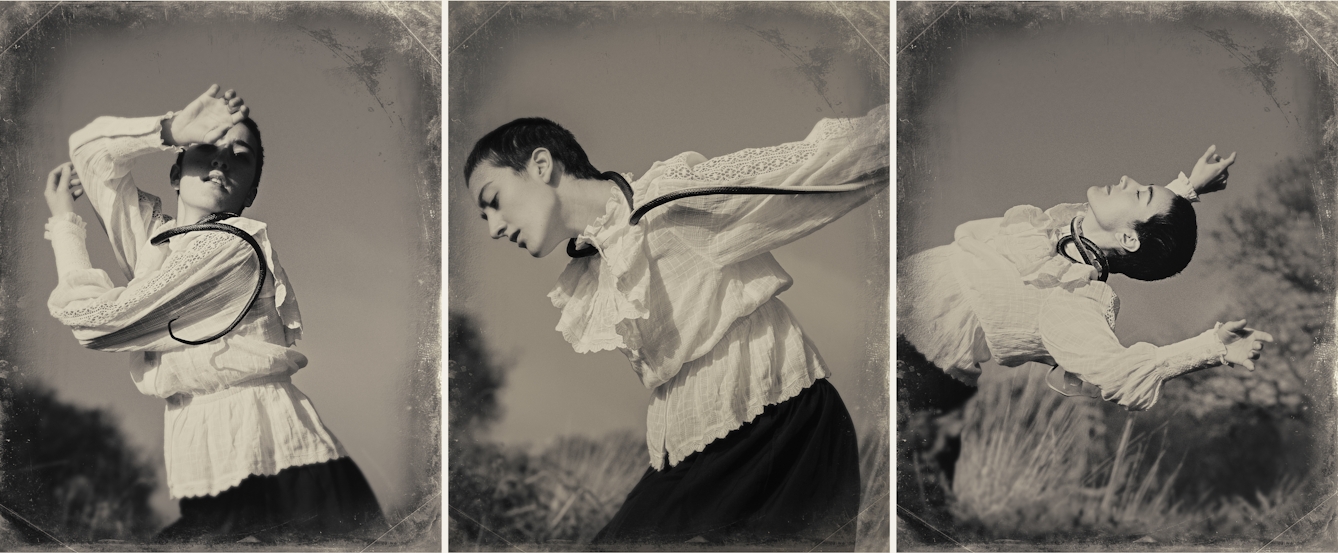
“Houdini wrote, ‘For the simple reason that I worked within 12 feet from her, my statement that there was absolutely no fake attached to her startling performance can be taken in all seriousness.’”
Mystifying the medics
The doctors who examined Evatima had other explanations. Some in Minneapolis thought she used a combination of anaesthetic and willpower, before concluding there was no anaesthetic on Earth strong enough. Others thought she somehow hypnotised herself.
Yet others concluded that the connection between her “sensorium and sympathetic ganglia” had been severed, or that the “gray globules” in her “medulia oblongata” were undeveloped.
The explanation from Dr William J Byrnes, who examined her in Minneapolis, made more sense than most. “Miss Tardo is certainly what she claims to be – a woman without the sense of feeling,” he wrote in a statement to the press. “I attribute her present anomalous condition to the cobra bite she received when a little girl. That bite paralysed the sensory nerves and inoculated her system with the poison.”
The cobra, he explained, probably had only a little poison in its system – enough to paralyse and not kill – and that small dose made her immune to venom, as some inoculate their systems against poison with small doses over time. Another doctor likened the situation to vaccination against smallpox.
Evatima could only say she was born with it. In fact, there have been well-documented cases of other people around the world born without the ability to feel pain. Medical scientists have identified at least three genes associated with a congenital insensitivity to pain, and the search is ongoing for more.
It’s possible Evatima had such a genetic mutation, which would have affected her ability to experience pain, although it doesn’t explain her ability to tolerate venom, or how she seemed to be able to control her own circulation.
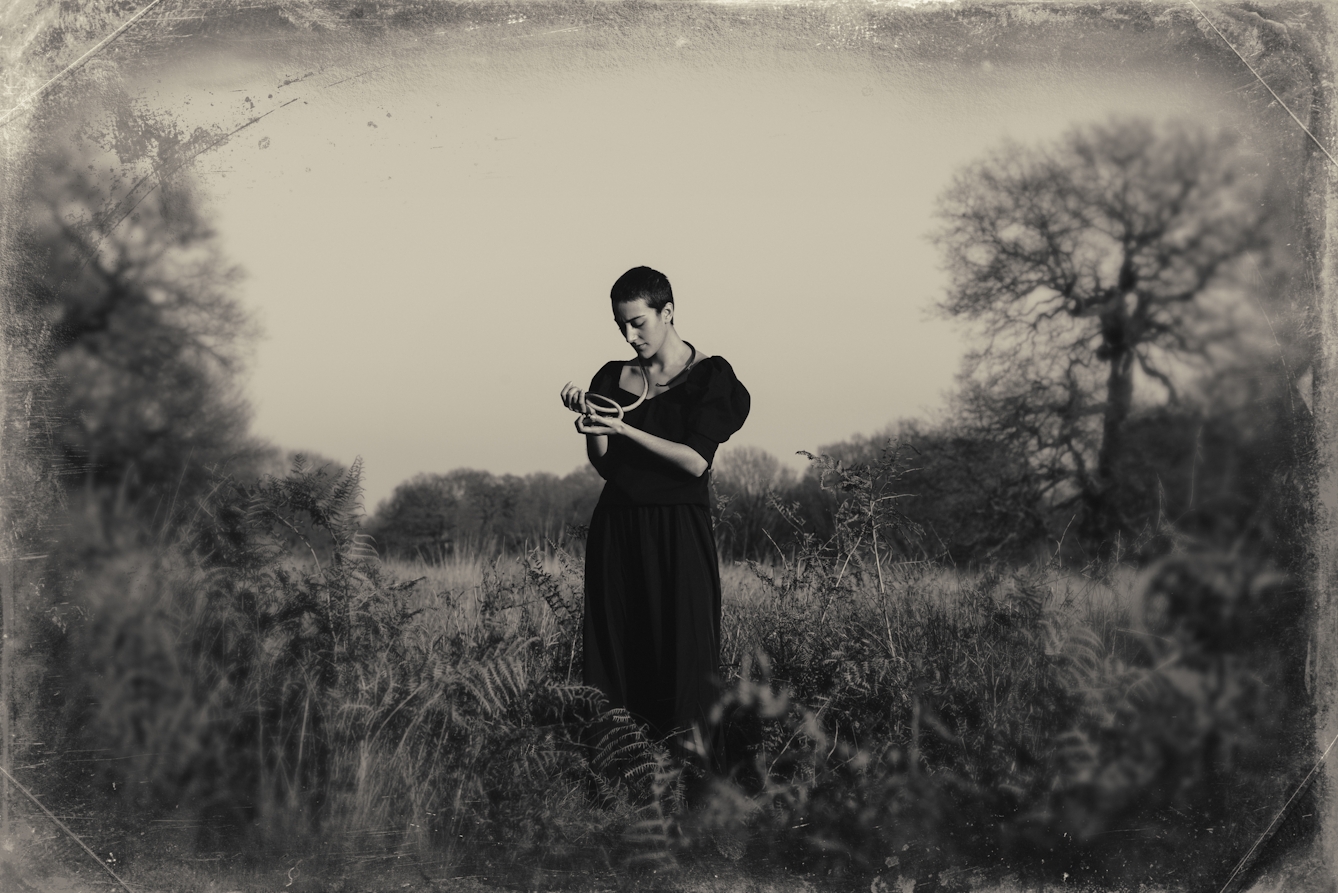
“Beautiful, witty and fluent in several languages, she attracted many male admirers. In the end, they would be far more deadly to her than any venom or nail.”
A fatal infatuation
Although the newspapers quipped that she might be an angel or demon, Evatima was very much mortal. Beautiful, witty and fluent in several languages, she attracted many male admirers. In the end, they would be far more deadly to her than any venom or nail.
She was drinking at the Arkansaw Club, a saloon where she lived with the proprietor Hal B Williamson, when it happened. A railroad special agent named Thomas McCall had grown infatuated with Evatima, but that afternoon in May 1905 a fortune teller had told him that another man stood in his way. Enraged and drunk, McCall shot both Williamson and Evatima dead, putting a bullet through her heart. Five hours later, he killed himself.
In a trunk at the saloon, those going through Evatima’s effects found statements from George Middleton, who ran the Chicago dime museum where she and Houdini had performed. One statement said, “We had a standing offer of $20,000 to anyone that could duplicate [Evatima’s] act. She was the biggest drawing card that has ever played at any of our houses.”
Evatima Tardo left a legacy as one of the most fascinating female performers of the 19th century. Whether her talents were due to a genetic abnormality, hypnotism or a well-timed snakebite, she gave performances the likes of which the world had rarely seen before – or since.
Special thanks to William Kalush, Executive Director of the Conjuring Arts Research Center in New York City.
About the contributors
Bess Lovejoy
Bess Lovejoy is the author of ‘Rest in Pieces: The Curious Fates of Famous Corpses’. She is a former editor on the Schott’s Almanac series, as well as on the Mental Floss and Smithsonian Magazine websites. Her writing has appeared in the New York Times, the Boston Globe, Lapham’s Quarterly, the Public Domain Review, Atlas Obscura, and elsewhere. She lives in Seattle, Washington, USA.
Camilla Greenwell
Camilla Greenwell is a photographer specialising in dance, performance and portraiture. She regularly works with Sadler’s Wells, Barbican, Candoco, Rambert, The Place, the Guardian, the British Red Cross, Art on the Underground and Wellcome Collection.

